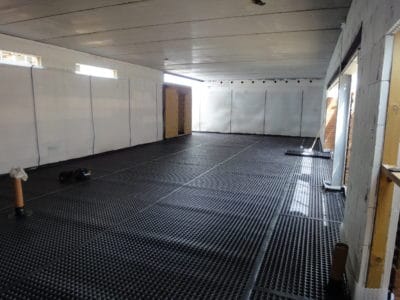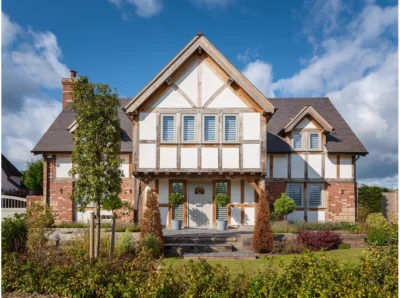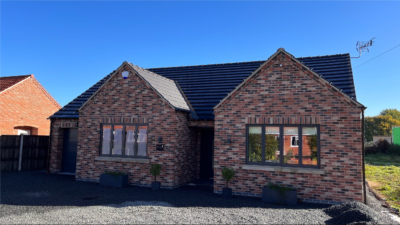Designing a House Renovation
You searched far and wide and you’ve finally pinned down the perfect property to renovate. You’ve gone over the major costs and established that the work needed is financially viable and you’ve set a project budget. But how do you move from this point to a high-quality home renovation design that will suit you and your family?
Maybe you’ve already got an idea in mind for how the house can be adapted to suit you. But as tempting as it might feel to rush ahead with getting the builders in and knocking down walls, you need to fully flesh out the design of your renovation project before any work starts in earnest.
Whether you decide to work with an architect or take another design route, it’s critical to avoid designing as you go with builders on site. Your home renovation project is a major investment both in terms of money and your future lifestyle. So, it’s really important to take your time to get the plans pinned down in advance.
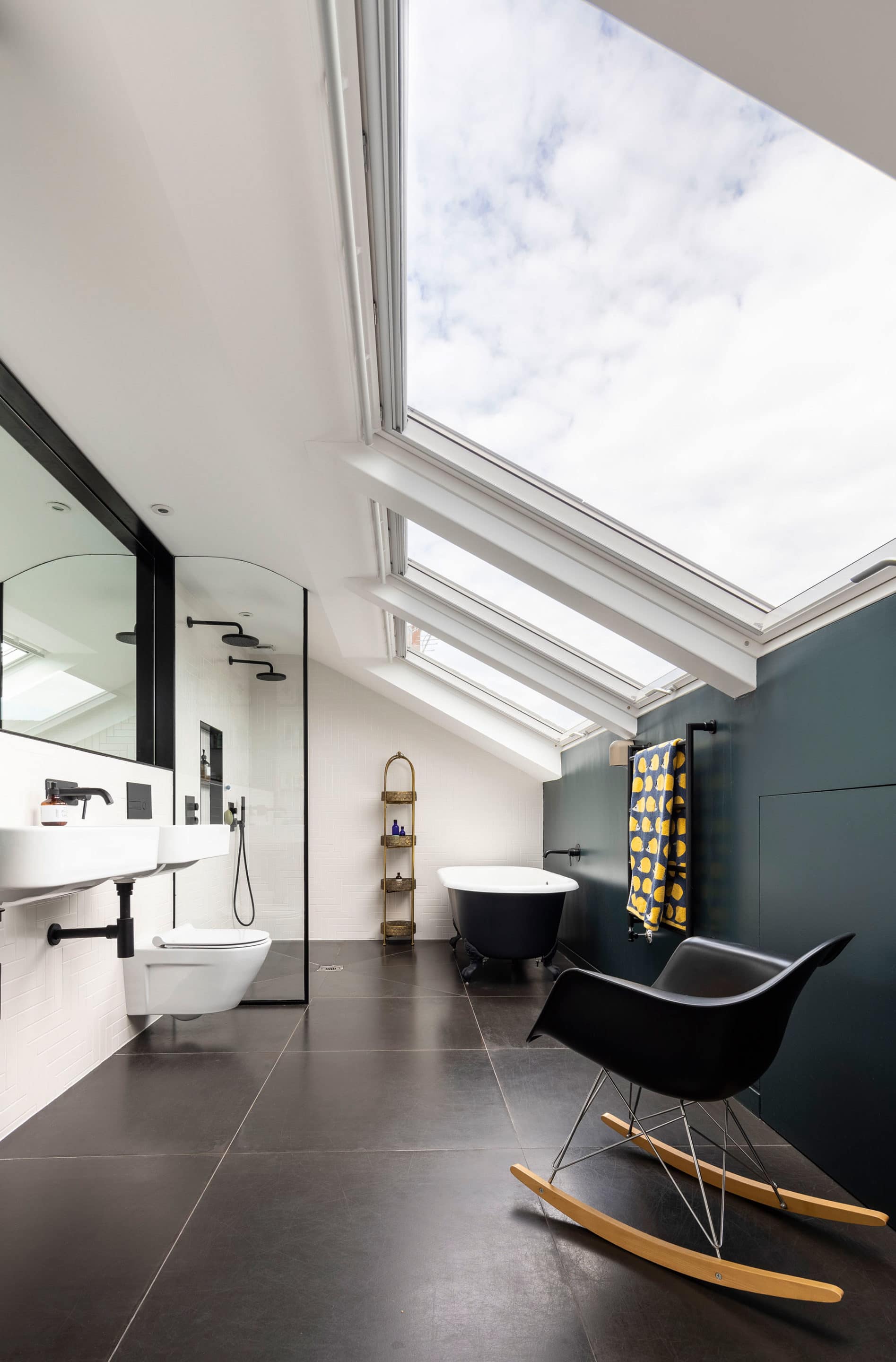
This two storey Victorian property now benefits from a large side extension and full width loft conversion by Studio 30 Architects
Being organised and pulling together detailed drawings and specifications that your contractors and trades work from will put you in the best position to achieve your dream home on time and on budget.
Real-Life Renovation Project Costs
Home Renovation Design: What are Your Must-Haves?
You probably already have some thoughts about what you think will work for your family. But the best place to start with home renovation design is to go back to basics to establish your project objectives and how the building can be adapted to suit your individual household’s needs. In other words, creating a design brief.
There are two main prongs to this.
Firstly, you’ll want a wish list of must haves – perhaps that’s an extra bedroom, an ensuite and walk-in wardrobe for the master suite or an open plan kitchen-diner with glazed doors that open onto the garden. You can then look at your property’s current floorplan to establish what does and doesn’t work.
Maybe the rooms at the front of the house just need an aesthetic update, for instance, but the small dark kitchen at the back requires a complete overhaul. That could mean knocking through to an adjoining room and adding a sparkly new extension that creates a great place for family time and entertaining.
The next thing to do is research what kind of exterior and interior elements you like the look of. For instance, is fresh Scandi-inspired decor and a contemporary glazed extension where your heart lies? Or perhaps you’re working on a Victorian terrace that has original details covered up that you want to reinstate and an unused loft that is screaming out for conversion?
Key Design Opportunities when Renovating a HouseMaximising natural light What glazing solutions are available to ensure you get the most daylight into the most important rooms at the time of day when you’ll be using those spaces? Learn more: House Design and Natural Light Repurposing unused spaces Are there any areas that aren’t being utilised as fully as possible? Maybe there’s an empty space under the stairs that could be an extra WC, for instance. Boosting thermal performance Is the house cold and draughty? Could replacing windows with higher spec products or adding loft/wall insulation make a difference to your heating bills? Enhancing kerb appeal Does the front of your house do justice to the contemporary extension you’re going to add at the rear? What can be changed on the front elevation to increase its value? Connecting to the garden Is there a strong link between inside living space and the outside? Would a span of glazed doors help to frame views and provide better garden access? |
Gather ideas from magazines and online resources to create a mood board for your renovation scheme. Just don’t forget that it needs to work with the building you’re renovating – there’s no point in buying a period property if you want to remove all the details that give it character and charm.
Remodelling the house layout
The way in which we interact with our homes is different to how we did in the past, which means that many older houses will have a layout that probably doesn’t match how you’d like to use rooms.
Kitchens are a great example of this – they were once tucked away from sight, often in a small space at the back of the house, but nowadays they’re a hub of social activity, often incorporated into an open-plan zone that includes a dining table and lounge area.
The best home renovation designs pay close attention to the layout and flow of zones, to ensure they work as effectively as possible for the homeowners. You’ll need to do some investigation before going ahead and knocking down walls, as they could play an important structural role for the building.
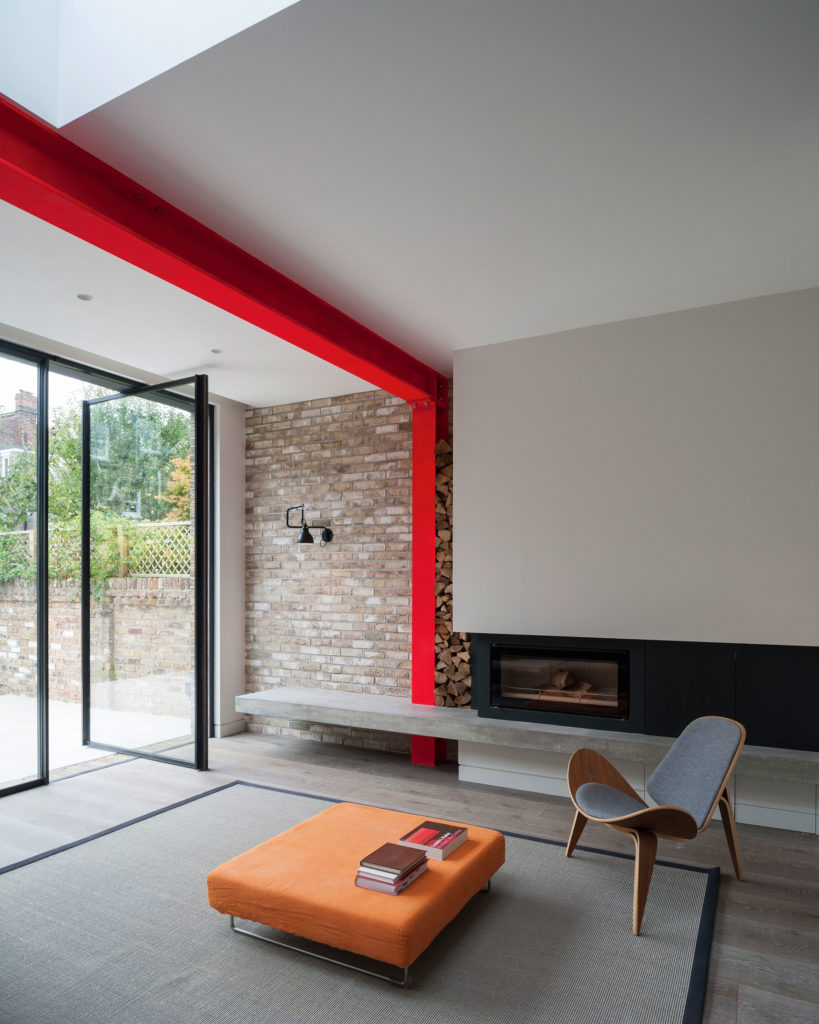
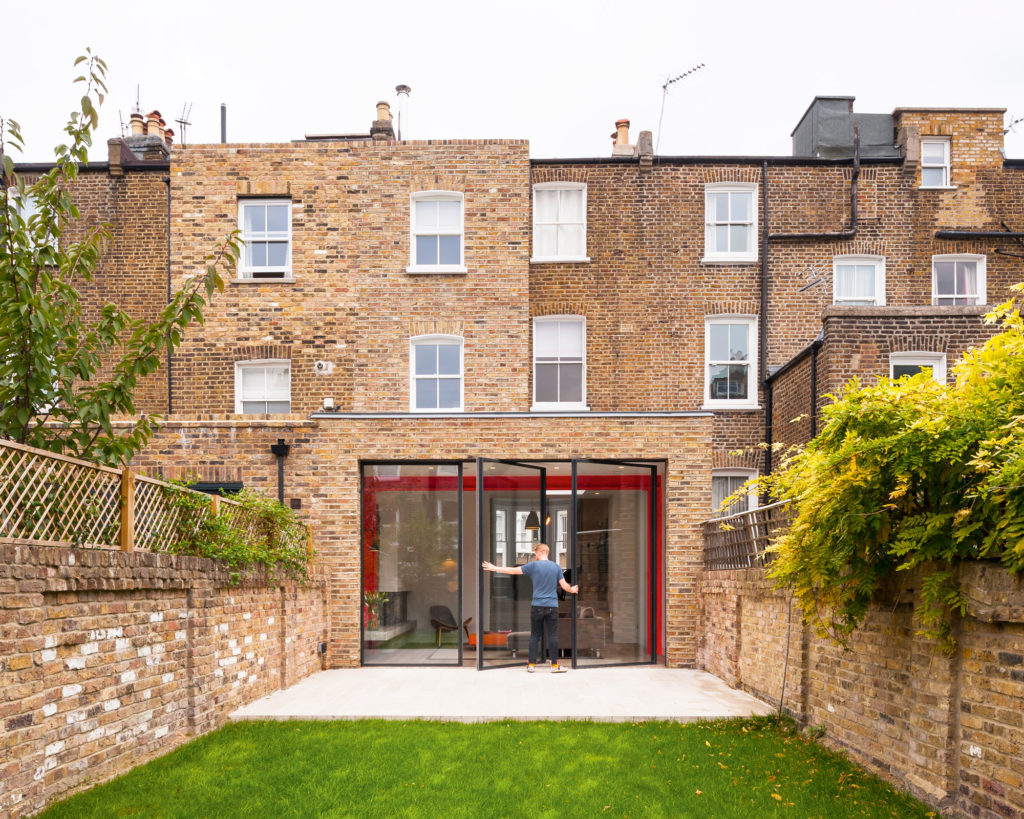
If it’s load-bearing, ie it’s carrying the weight of an upper storey or roof, then you’ll need to counteract its removal, such as by incorporating a steel beam. It’s important to have a structural engineer involved in these designs.
Obviously this will add to costs, so make sure you understand if a wall is load-bearing before planning something like this into your redesign.
Will my House Renovation Need Planning Permission?Almost all internal changes don’t require planning permission – but remember you will need Building Regulations approval and Listed Building Consent if applicable. Anything that changes the appearance of the house requires permission; however, lots of works have been granted permission under a scheme called permitted development (PD) rights. This covers various work, from replacing windows through to building a new extension, but there are guidelines to follow and some properties are exempt, such as those in protected areas. The best way to understand if the work you want to do to your house is allowed without submitting a planning application is to check with your local authority. Find out more about what’s covered under PD at the government’s Planning Portal website. |
If you’re extending and opening up the original back wall, then you’re going to need suitable structural support installed. Some homeowners like to make a feature of a new steel beam by keeping it exposed to tell a story about the building’s past. Alternatively the ceiling can be lowered to conceal these, but this needs to be thought through.
Not only is reorganising the internal layout a chance to create a flow that suits you, it’s also an opportunity to maximise the amount of daylight that moves through your property. Have a look at how natural illumination falls into your home throughout the course of the day, as this could influence what function rooms have.
For instance, perhaps a spare bedroom is getting the most sunshine in the morning, so this space would be better transformed into the master suite. Could glazing be installed anywhere to help light travel further? Perhaps this means a rooflight in an extension or a sun tunnel in a dark upstairs hallway.
Finding a Designer for Your Home Renovation
With all of the above in mind, now is a good time to establish who’s going to flesh out the design and get it approved by your local planners, if planning consent is needed.
Finding a local architect could be a good option for your home renovation. That said, an architect isn’t necessarily the only professional suitable for drawing up your renovation project. Nevertheless, you’ll want someone qualified for the job – and it’s worth noting that anyone can call themselves a designer. So, be careful to understand what credentials and expertise someone has before you employ them.
Some people feel reluctant to employ an architect because they’re worried about the cost, but in most cases the result you’ll get from an experienced designer will be value for money – especially on complex or high-spec schemes. All architects must undergo strict training to be able to use their title.
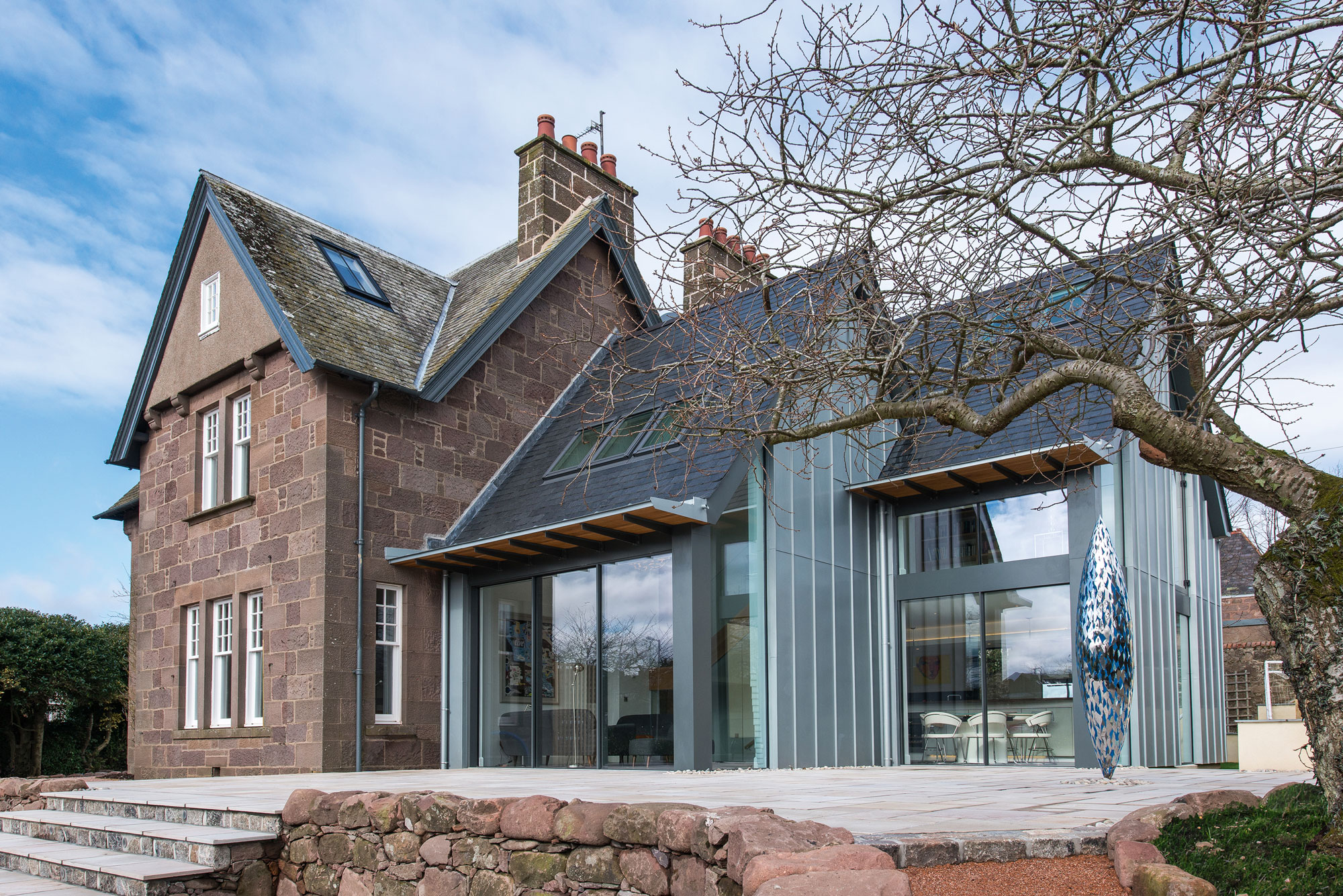
Hyve Architects designed this extension. “One thing led to another and the project became large-scale,” says the homeowner
But that doesn’t automatically mean that every architect can design your ideal remodel. If a company specialises in massive commercial builds then they probably aren’t right for your one-off domestic project. So, always look at an architectural practice’s previous work to see if they’ve created things similar to what you want.
The Royal Institute of British Architects (RIBA) website has a Find An Architect service that helps to match you with suitable professionals and the Architects Registration Board (ARB) website has a similar architect search function.
You could also try the Association of Self Build Architects (ASBA), whose members specialise in bespoke home projects.
Architectural technologists don’t have the same level of academic training as an architect, but can still be a fantastic option for transforming your vision into a reality, and they may not come with the same price tag. The Chartered Institute of Architectural Technologists (CIAT) is the associated professional body and the CIAT website has a search function to find a designer in your area.
You could also look at design and build firms, most of which are main contractors who’ve moved into planning projects. Many of these firms have in-house designers for you to work with – so you choose what you want, and they deliver it.
There is always the DIY design approach, but it’s a big risk if you’re tackling a major renovation and don’t have prior experience. There are details and opportunities that the inexperienced might miss, plus the planning rules and Building Regulations standards can be tricky to get your head around.
You can buy design software to help you produce detailed drawings, but if anything goes wrong as a result of your design, the buck will stop with you. So this option is perhaps best reserved for smaller schemes.

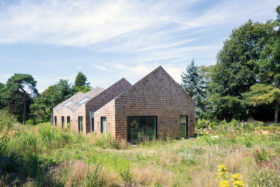































































































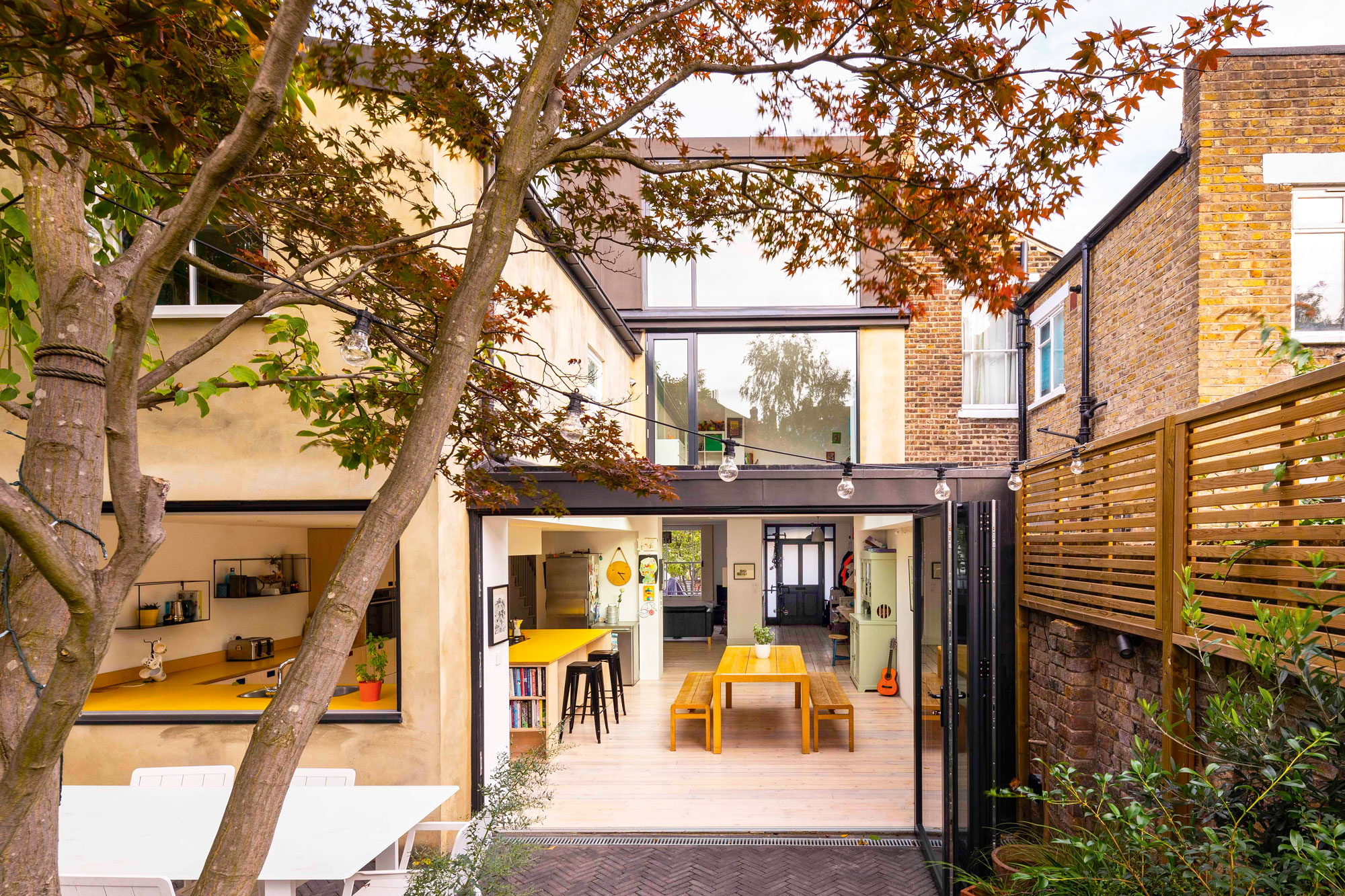
 Login/register to save Article for later
Login/register to save Article for later




